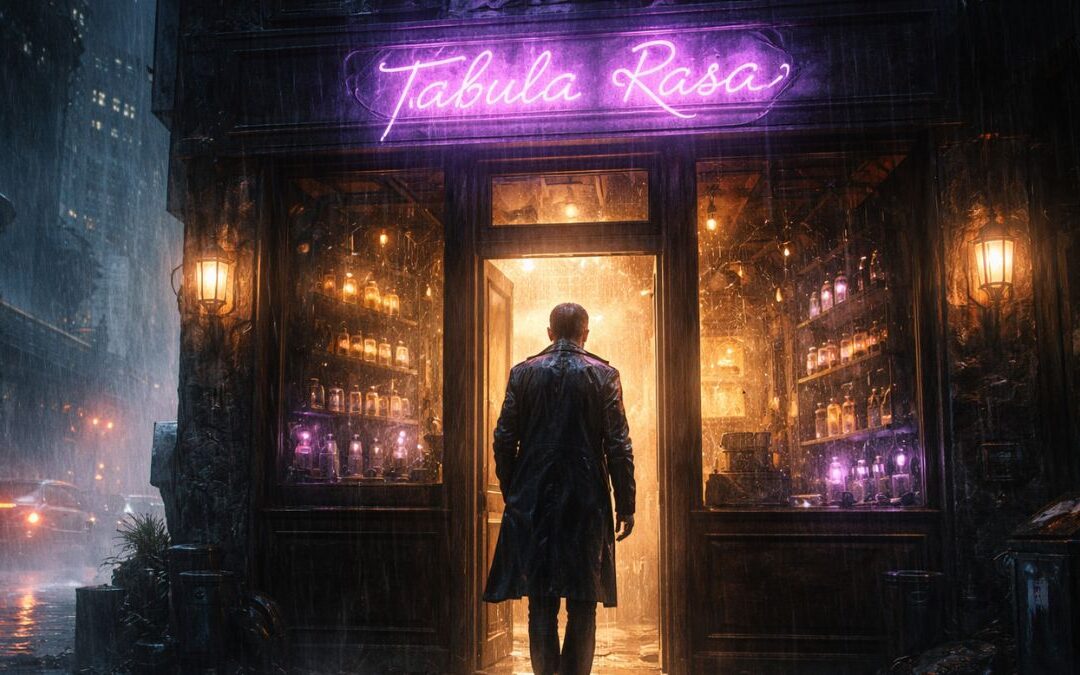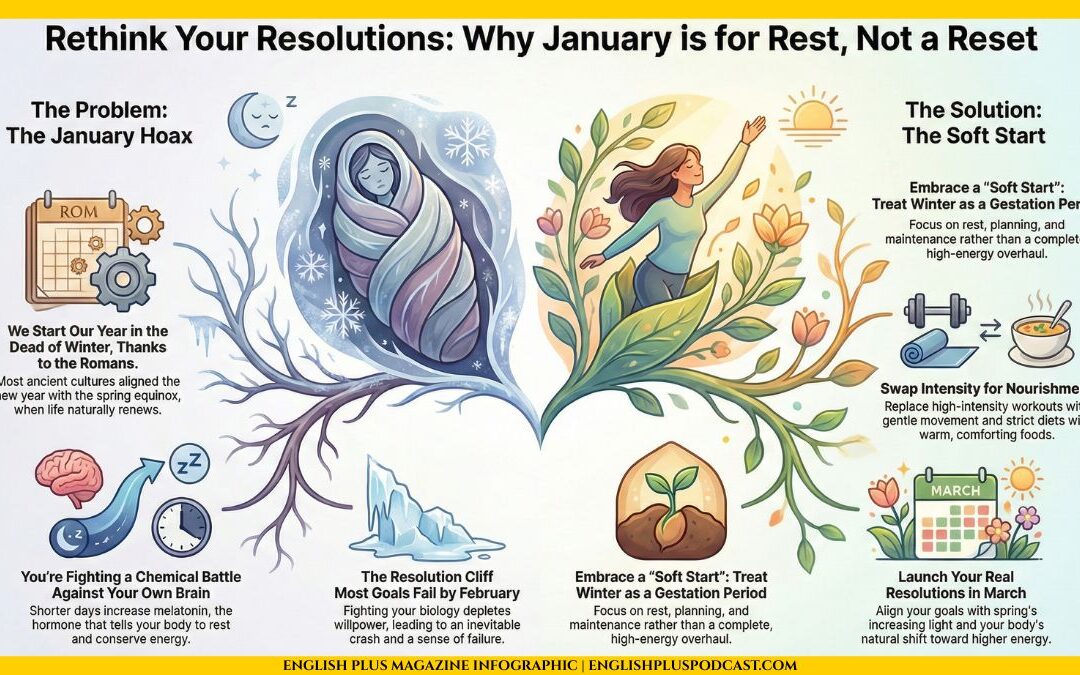Imagine walking into a grand theatre. The velvet curtains are drawn back, revealing a dimly lit stage. Suddenly, the lights come on, and the scene unfolds before your eyes. Now, consider the way you’d experience this scene from different locations. From the front row, you might see the lead actor’s expressions vividly, every bead of sweat, every flicker of emotion. But from the balcony, you can see the entire ensemble, the full scope of the set, the interplay of light and shadows. Depending on where you sit, your experience of the same play might change drastically.
Such is the power of perspective, especially when it comes to storytelling.
The point of view (POV) in storytelling is like the seat you choose in a theatre. It determines how close you are to the characters, what information you have access to, and how you perceive the unfolding events. The way a story is told, the lens through which we see characters and events, can dramatically influence how we connect with a narrative.
The first person point of view allows readers to step into a character’s shoes, to see the world as they do, and feel their emotions intimately. It’s the equivalent of sitting in the front row of our metaphorical theatre.
For instance, take the sentence, “I was petrified as the dark shadows danced on the walls.” Here, the narrator is a character in the story, and we experience their fear directly. This POV can be a powerful way to create an intimate connection between your audience and your character. However, it also limits the narrative to the character’s thoughts, feelings, and experiences.
The second person POV, which uses ‘you’ as the pronoun, is less common but can be quite impactful. It’s like being called onto the stage to participate in the play. It makes the reader a character in the story. Consider the sentence, “You can feel your heart pounding as you see the dark shadows dancing on the walls.” It immerses the reader in the narrative, making them an active participant in the unfolding events.
However, this POV can also be challenging as it assumes the reactions and emotions of the reader, who may not necessarily respond as the story dictates.
Then we have the third person POV, which offers a bird’s eye view of the narrative. It’s like watching the play from the balcony. It provides a broader perspective, allowing us to see multiple characters, their actions, and reactions. The sentence, “He was petrified as the dark shadows danced on the walls,” gives us a glimpse into the character’s emotion but also allows us to explore other aspects of the narrative beyond the character’s immediate experience.
Within the third person POV, we have two more choices – limited and omniscient. A limited third person POV follows one character closely, while an omniscient POV gives us access to the thoughts and feelings of all characters, providing a panoramic view of the narrative.
Now, let’s consider how this is relevant to everyone, not just writers.
Storytelling is not confined to the realms of literature or cinema. Every day, we share stories, experiences, and incidents. Whether it’s a recap of your day shared with your family, a funny incident narrated to your friends, or a case study presented in a meeting, understanding the power of perspective can enhance the impact of your narratives.
For example, if you’re sharing a personal experience, telling it in the first person will help your listeners connect with your emotions. If you’re relating an incident involving several people, the third person might allow for a more comprehensive view.
Consider a situation where you need to deliver constructive feedback. Using a second person POV, such as “You might find it helpful to consider other strategies,” could come off as direct or even confrontational. However, reframing it in the third person, like “One might find it helpful to consider other strategies,” can make the feedback seem more objective and less personal.
Understanding and consciously choosing your narrative perspective can dramatically alter the way your stories are perceived. It’s like being the director of your narrative, selecting the best camera angles to create the most engaging scenes.
Just as we choose our words with care, selecting the right narrative perspective can transform the way we communicate, making our stories more engaging, empathic, and impactful. Whether you’re a writer crafting a complex narrative or someone simply sharing a story, remember, your narrative perspective is the lens through which your story is experienced. So choose wisely, for through this lens, you have the power to shape perceptions, evoke emotions, and ultimately, create unforgettable narratives.










0 Comments